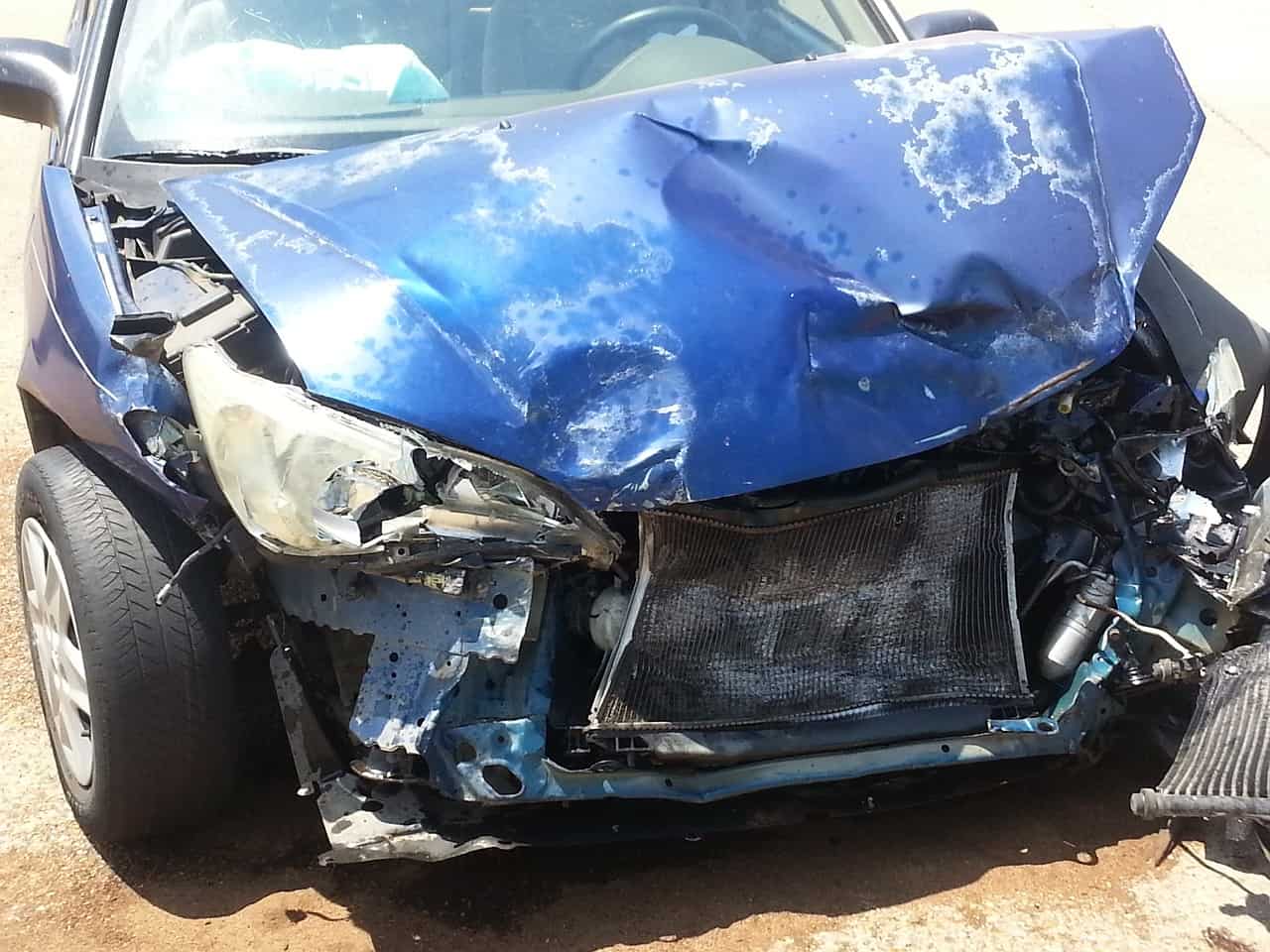Imagine driving down the street one morning, and a car hits you, or you hit a pedestrian. Should you make an auto insurance claim? If so, what’s the process? Auto insurance regulations, reporting a claim, and compensation vary by state, but you should know some important things.
When To File For An Auto Claim
After Damaging Another’s Vehicle
If you cause damage to another person’s vehicle, you should file a claim, whether you are at fault or not, and get car insurance quotes from Long Island. Take the other driver’s names, addresses, phone numbers, licenses, and insurance information. Take pictures of all documents, call the police and notify your insurer as soon as possible.
When Your Vehicle is Damaged
You should file a claim for your car if damaged in a single-car accident. The insurer will compensate for the repairs minus the deductible. But, without collision coverage, the insurer will not pay for repairs. Even if the car is still functional after the accident, notify the insurance company. Your mechanic may find hidden issues later which might require repairs.
After Injuring Someone
When bodily harm is involved, you should always file a claim. Some injuries may not be visible right away, so ensure to file for claim whatsoever. Obtain the names, addresses, insurance information, and IDs of all the people hurt in the accident. If you are at fault, the liability coverage will cover injuries but ensure you file the claims within the stipulated time.
Tips For Filing For An Auto Insurance Claim
Call For Help
First things first: If you are hurt or hurt someone, call for an ambulance immediately. If you have collided, stop at the scene or near the place without endangering anyone. Next, call the police because you’ll have to file a police report. Even if you are at fault, do not admit responsibility. That’s what the claim is for.
Notify Your Insurer
Call your insurance company as soon as possible using their toll-free number or email. Download a claim form on the insurer’s website or collect it in their offices. Fill in every detail and submit the form along with the necessary documents.
Tow The Car
After an accident, never drive your car to the garage. You can cause more damage and the insurer may fail to compensate. If you have roadside assistance coverage, you can file a towing claim immediately. Your insurer can arrange the towing process depending on the circumstances. However, you can call a towing company and claim reimbursement later.
Car Repair
Take your car to the repair shop and get an estimate of the cost of repairs. It is best to go to a network garage listed on the insurer’s website. The insurance company will settle the expenses directly with the garage, thus saving you the end-to-end reconciliation process.
Get A Rental Car
If you can’t manage without a car while yours is in the garage, get a rental. If a reputable insurance company insures you, they might offer car hire. If you weren’t at fault, you could claim car hire costs with the other party’s insurer.
Schedule Inspection
The insurer may send a representative to access the damages and prepare a report. Based on the findings, you can get your car repaired. After the car is fully repaired, you should submit the invoice, payment receipt, and other documents to the insurance company. If you delay, the insurance company may not pay the repair bill.
Owning a car is both a pleasure and a responsibility. To be fully prepared in case of an accident, get comprehensive car insurance. Also, know the claim process and relax when filing a claim to file every important detail. In addition, file the claim within the stipulated time after getting into an accident or injuring someone.

